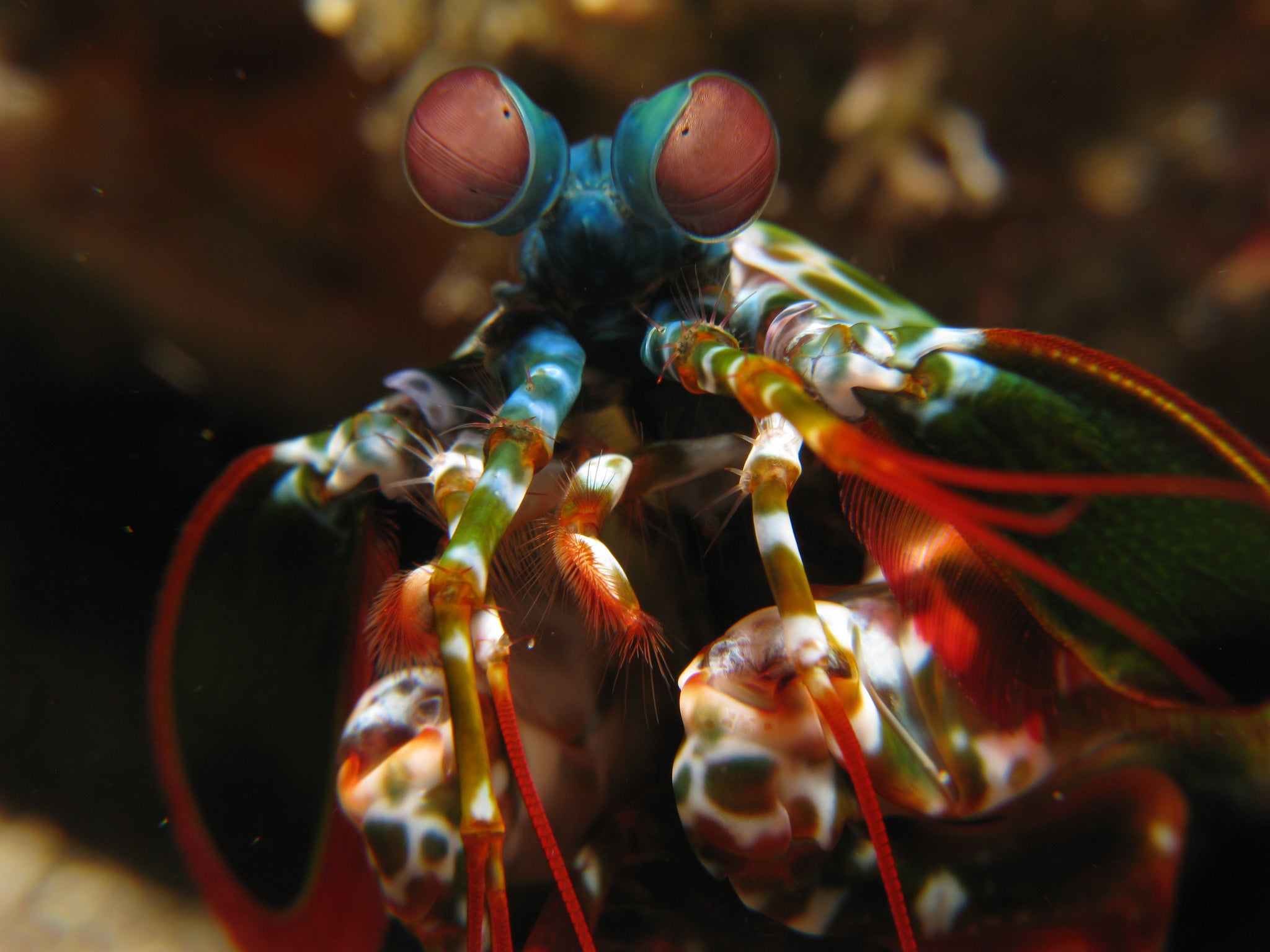Scientists developing camera with shrimp’s-eye-view of cancer
New cancer-detecting camera is inspired by the eyes of the mantis shrimp

The special compound eyes of mantis shrimp are the blueprint of a new breed of camera that will detect cancers and visualise brain activity, according to scientists at the University of Queensland in Australia.
Using miniscule polarisers instead of the usual colour filter arrays, these sophisticated digital cameras see the polarisation of light rather than the colour – and that means it will be able to see previously unseeable things such as cancer tissue.
This groundbreaking technology is inspired by the mantis shrimp which has eyes that “use light polarisation to detect and discriminate between objects.”
Professor Justin Marshall, who works at the University’s Queensland Brain Institute, said that cancerous tissue reflects polarised light differently to healthy tissue. It is this difference that the mantis shrimp can identify.
He said: “Humans can’t see this [light polarisation], but a mantis shrimp could walk up to it and hit it.
“We see colour with hues and shades, and objects that contrast – a red apple in a green tree for example – but our research is revealed a number of animals that use polarised light to detect and discriminate between objects.”
The project is a collaboration involving scientists in the US and the UK, and has been funded by The Australian Research Council, US Airforce Office of Scientific Research and the Asian Office of Aerospace Research and Development.
It is hoped that the camera will reduce the need for invasive health procedures like biopsies.
Marshall said the camera will shoot video and “provide immediate feedback on detecting cancer and monitoring the activity of exposed nerve cells.”
“It converts the invisible messages into colours that our visual system is comfortable with.”
He refers to sun-glasses as the most commonly used light-polarisation technology, but stresses what he and his team are developing has already long been in existence within the eyes of the mantis shrimp.
He said: “Nature has coming up with elegant and efficient design principles, so we are combining the mantis shrimp’s millions of years of evolution – nature’s engineering – with our relatively few years of work with the technology.”
This research could theoretically lead to the redesign of smartphone cameras which would allow people to inspect themselves for cancer and lighten the load for health systems like the NHS.
Join our commenting forum
Join thought-provoking conversations, follow other Independent readers and see their replies
Comments